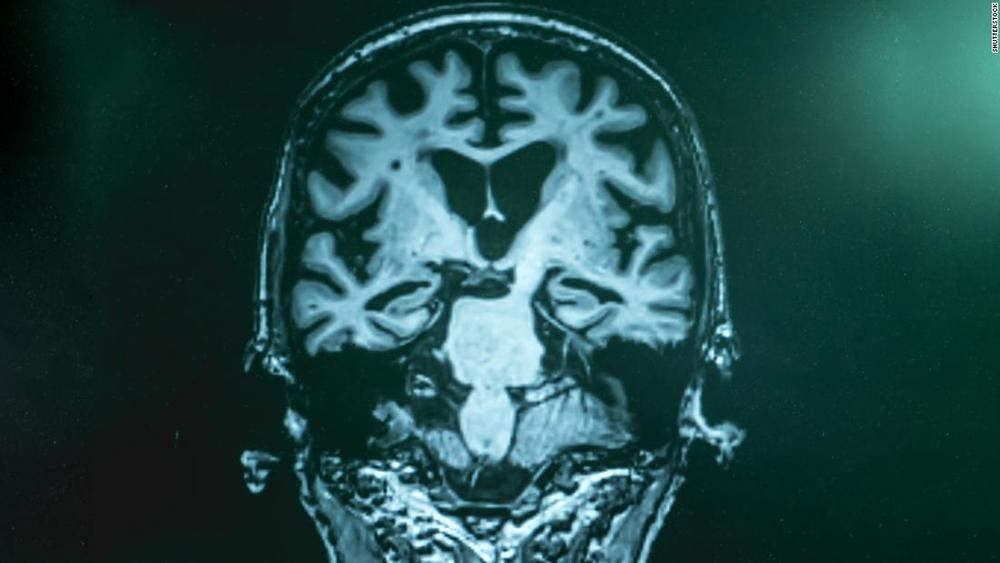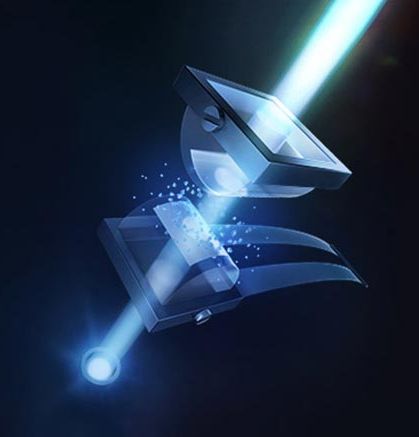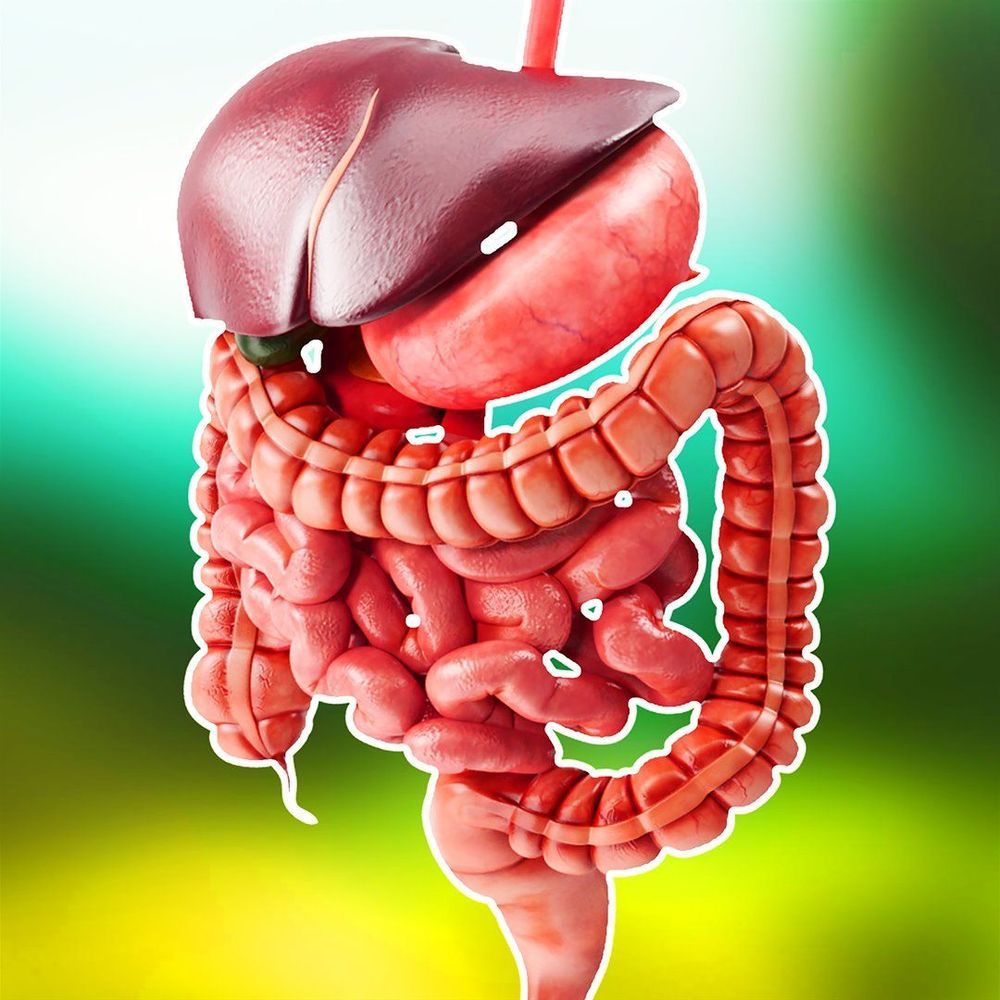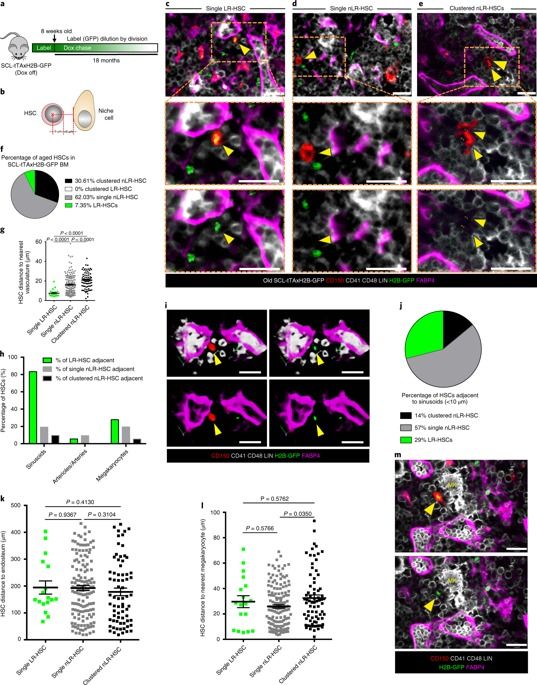Nov 4, 2019
China approves seaweed-based Alzheimer’s drug. It’s the first new one in 17 years
Posted by Paul Battista in categories: biotech/medical, neuroscience
Authorities in China have approved a drug for the treatment of Alzheimer’s disease, the first new medicine with the potential to treat the cognitive disorder in 17 years.
The seaweed-based drug, called Oligomannate, can be used for the treatment of mild to moderate Alzheimer’s, according to a statement from China’s drug safety agency. The approval is conditional however, meaning that while it can go on sale during additional clinical trials, it will be strictly monitored and could be withdrawn should any safety issues arise.
In September, the team behind the new drug, led by Geng Meiyu at the Shanghai Institute of Materia Medica under the Chinese Academy of Sciences, said they were inspired to look into seaweed due to the relatively low incidence of Alzheimer’s among people who consume it regularly.


















